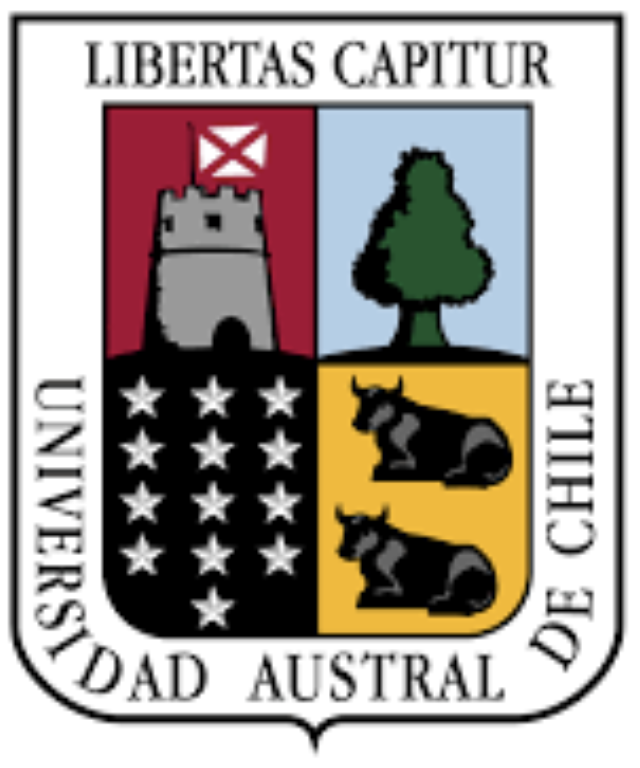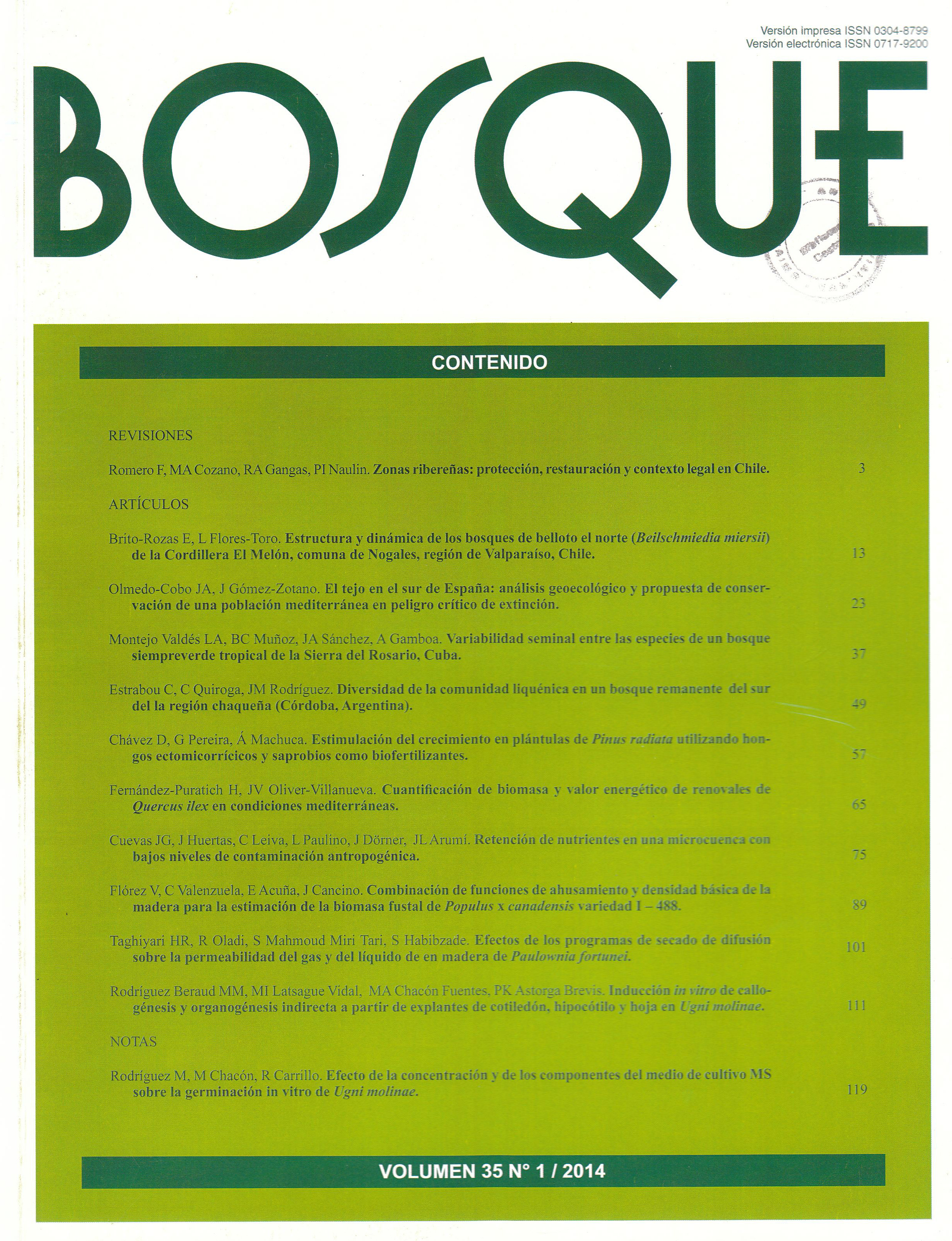Main Article Content
May 29, 2017
Abstract
Embryo types (shape, size, embryo:seed ratio) are described in seeds of 85 species including trees, shrubs and climbers from an evergreen forest in Sierra del Rosario, Cuba. Morphological traits such as fruit types, seed shape, seed cover structure and testa surface are also detailed as well as the relations between seed types and seed dormancy previously described by other researchers in these species. Four fruit categories were verified (berries, drupes, capsules and legumes) which overall include 78 species. Polymorphism in seeds and the presence of seed cover structures separately from life form were demonstrated. Arils, mucilages, and cilia predominate in trees whereas trichomes and pappus abound in climbers and shrubs. The presence of undeveloped embryos belonging to rudimentary types, linear or capitate, was found in trees (Dendropanax arboreus, Oxandra lanceolata, and Schoepfia didyma) and climbers (Smilax laurifolia, Smilax mollis, and Dioscorea tamoidea), which implies morphological or morphophysiological dormancy whereas the remaining species had developed embryos (spatulate, linear, bent, folded or inverse). In such case seed dormancy, if present, can be physical, physiological or a combination of both. These results corroborate that distribution of dormancy class established in all these species corresponds to the embryo type found in seeds.


